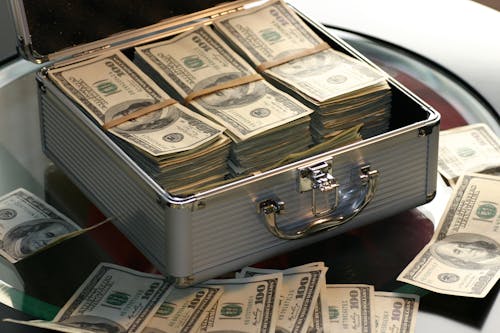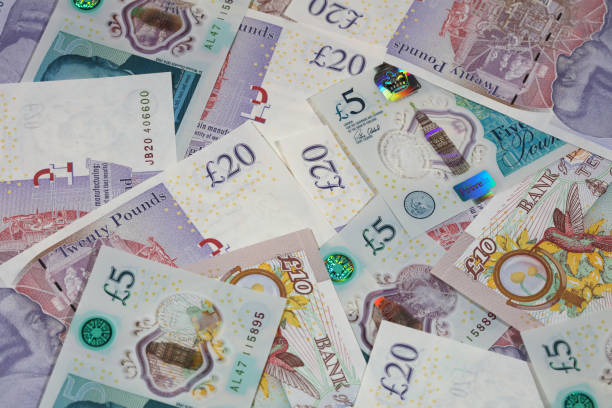
Introduction
Banknotes, the paper currency used in everyday transactions, undergo regular changes in design and security features. This article explores the reasons behind the periodic updates of banknotes, the factors that drive these changes, and the importance of maintaining currency integrity in the modern economy.
Reasons for Changing Banknotes
- Security Enhancements
- One of the primary reasons for changing banknotes is to incorporate advanced security features. As technology evolves, so do counterfeiting techniques. New banknote designs often include features like holograms, special inks, watermarks, and microprinting to deter counterfeiters and maintain public trust in the currency.
- Combatting Counterfeiting
- Counterfeiting poses a significant threat to economies worldwide. By regularly updating banknote designs and integrating sophisticated security features, central banks make it harder for counterfeiters to replicate currency successfully. This protects the value of money and maintains confidence in the financial system.
- Public Recognition and Education
- New banknote designs sometimes feature updated images, symbols, or historical figures that better reflect the nation’s cultural heritage or modern identity. These changes can help foster national pride and educate the public about significant figures, events, or landmarks in the country’s history.
- Durability and Longevity
- Banknotes are subjected to extensive use and wear over time. Modern printing techniques and materials are continuously improved to enhance the durability and longevity of banknotes. Updating designs periodically ensures that currency remains in circulation longer without becoming worn or damaged.
- Accessibility and Inclusivity
- New banknote designs may incorporate features that improve accessibility for individuals with visual impairments or disabilities. Tactile features, size variations, and high-contrast colors are examples of design elements that can make banknotes easier to identify and handle for all users.
The Process of Changing Banknotes
- Design Development
- Central banks typically collaborate with artists, historians, and experts in security printing to develop new banknote designs. Designs undergo rigorous testing to ensure they meet security standards, are aesthetically pleasing, and align with the country’s cultural and historical narratives.
- Public Consultation
- In some cases, central banks may seek public input or feedback on proposed banknote designs. This process ensures that new banknotes resonate with the public and reflect national values and identity.
- Production and Distribution
- Once approved, new banknote designs are produced by specialized printing facilities equipped with high-security features. Central banks coordinate the distribution of new banknotes to commercial banks, ensuring a smooth transition and minimal disruption to the economy.
Examples of Banknote Changes
- United States Dollar
- The U.S. dollar periodically updates its designs to incorporate advanced security features, such as color-shifting inks, microprinting, and watermarks. Recent updates have also featured enhanced portraits and historical vignettes.
- Euro
- The Euro banknotes, used across multiple European countries, have undergone several updates since their introduction. These updates have included improved security features, design enhancements, and integration of new member states into the currency union.

Conclusion
The regular updating of banknote designs serves multiple purposes in today’s economy, from enhancing security and combating counterfeiting to reflecting cultural identity and improving accessibility. By continually evolving banknote designs and incorporating cutting-edge security features, central banks ensure that currency remains a reliable medium of exchange and store of value. Understanding the reasons behind these changes underscores the importance of maintaining trust and confidence in our financial systems, ultimately benefiting economies and societies globally.












